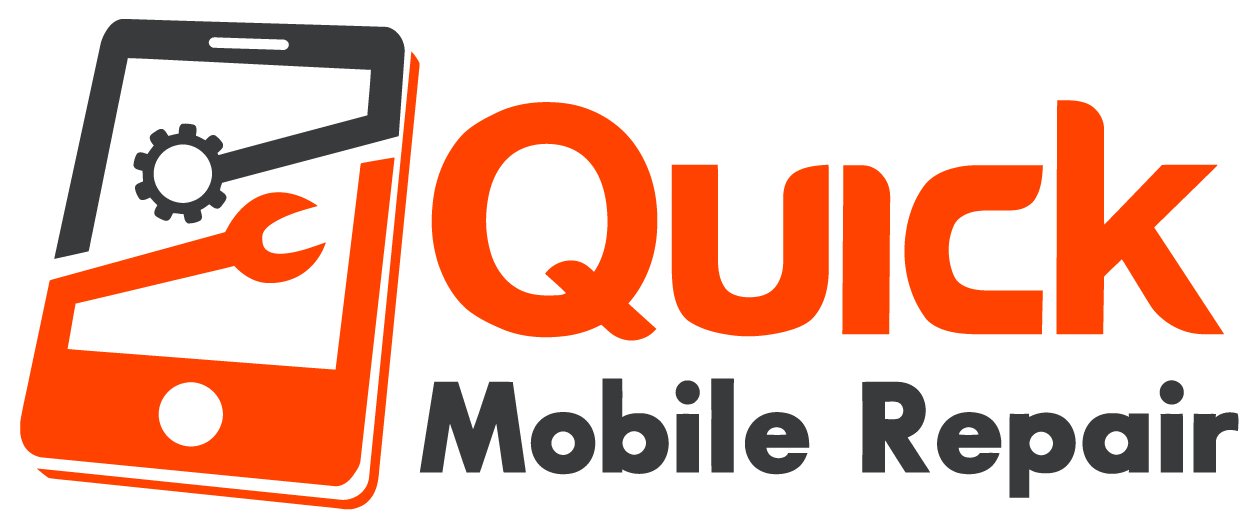Dealing with some of the iPhone’s most common problems
Unlike the Nokia cell phones of 15 years ago—which were often compared to bricks, thanks to their legendary longevity and toughness—modern iPhones aren’t exactly built to last. With somewhat fragile components both inside and out, Apple’s flagship smartphone often leads the way in technological innovation while lagging behind in durability, lending iPhones to a range of issues that can instantly compromise them. After all, Quick Mobile Repair exists for a reason!
Below, we’ll walk you through five of the most common iPhone problems that our highly trained technicians encounter on a regular basis and how they can be solved to get your device looking and functioning like it’s brand new.
1. Cracking the glass screen
This issue has plagued smartphone owners since the devices themselves were first introduced nearly two decades ago, and it’s one that is hardly unique to the iPhone. In fact, screen replacements are by far the most common repairs that Quick Mobile Repair’s Tech Gurus perform at our locations nationwide. Unfortunately, cracked iPhone glass has become almost twice as common since the introduction of the iPhone 8 in 2017, which saw the device’s rear panel changed from durable metal to glass; with two all-glass surfaces instead of one, almost every iPhone model produced over the past five years has made itself doubly susceptible to surface damage.
But luckily for our customers, Quick Mobile Repair has pioneered the nation’s fastest iPhone screen repair, completing most glass replacements in under 15 minutes at an affordable price to get your device back to normal. And to prevent future screen damage, we recommend installing a tempered glass screen protector—an ultra-thin layer of shatter-resistant glass, designed just like a car’s windshield, that will absorb everything from light scratches to heavy impact damage before your iPhone screen does. And if you want to go the extra mile, we also sell a variety of heavy-duty iPhone cases that’ll give your phone a tough outer shell to protect against accidental drops.
2. The battery won’t hold a charge
Just like with any battery-powered device, an iPhone’s battery will weaken over time, taking it more time to recharge and less time to be depleted. Luckily, this sort of problem rarely affects iPhones that are less than two years old; the majority of battery repairs and replacements Quick Mobile Repair completes are done on iPhone models at least three years old or older.
But if you feel like you’re always searching for a charging cable or believe your iPhone doesn’t hold as strong of a charge as it did when you first bought it, bring it to your local Quick Mobile Repair specialist. We perform free battery diagnostic testing on all devices to evaluate whether or not your iPhone is a good candidate for battery replacement—and if it is, we keep batteries compatible with almost all iPhone models in stock at all times, meaning we’re able to replace your phone’s old and dying battery with a new one in a matter of minutes.
3. Poor audio quality
Apple has drastically improved the audio quality of the iPhone’s speakers over the years, but whether it’s the central speakers that blast your music or the built-in earpiece speaker used for everyday phone calls, there are a variety of issues that can impact your device’s audio output.
The good news is that at Quick Mobile Repair, we offer complimentary diagnostic evaluations of all devices and are happy to take a look at any speaker or volume issues that your iPhone has developed. If it’s a simple fix, like cleaning out your lower speakers’ holes to make them louder, we will do it free of charge; if it’s a more technical issue that may necessitate the internal repair or replacement of some of your iPhone’s audio components, our expert Tech Gurus will give you an honest and transparent walkthrough of what repairs are needed and how much it’ll cost you. We are also proud to offer our in-house microsoldering services at our locations nationwide, using this highly specialized process to quickly pinpoint and repair parts that may be smaller than a grain of rice.
4. Water damage
This can spell doom for any device with delicate internal components. Now, I have to give credit where credit is due: Apple has taken steps since the development of the iPhone 7 to ensure that all of its smartphone models are “splash, water, and dust resistant,” testing them under controlled laboratory conditions and giving all modern iPhones an IEC rating—meaning they should, ideally, work at depths of at least one meter for up to 30 minutes.
In practice, no device is waterproof and any number of issues, such as a cracked screen, can compromise your iPhone’s resistance to liquids. A tried-and-true solution to reverse light water damage is to remove your iPhone’s SIM card tray and leave it in a bag of dry rice, which can help absorb some of the excess liquid from the inside of the phone. But if that failed, bring your device to your nearest Quick Mobile Repair to be assessed by one of our technicians; they’ll be able to see which water-logged components can be restored and which ones need to be replaced, giving you an honest estimate of repair time and cost to get your iPhone looking like new.
5. Technical glitches
Even the most cutting-edge devices aren’t impervious to random, unexpected glitches: freezing and turning off while you’re in the middle of composing an email, encountering a pixelated or simply blank camera screen, choppy touch screen responsiveness after significant use. There are more one-off technical issues than we have time to list here, but the good news is that there’s often a simple do-it-yourself solution that will fix 90% of the issues you’re likely to encounter: a hard reset. Think of it like rebooting your computer or Wi-Fi router, getting its hardware back on track without wiping any of your photos, notes or other precious data.
To complete this, simply hold the volume and power buttons on either side of the phone (or the power and home buttons for any model before the iPhone 8) until it prompts you to “slide to power off.” Once the screen goes back, wait at least 10 seconds and then hold the power button alone; you should see the Apple logo reappear before your home screen comes up as normal. However, if a hard reset doesn’t resolve your iPhone issue—or if you’re simply uncomfortable with completing the procedure by yourself— come into your nearest Quick Mobile Repair location, where one of our Tech Gurus will assess your device, free of charge.

